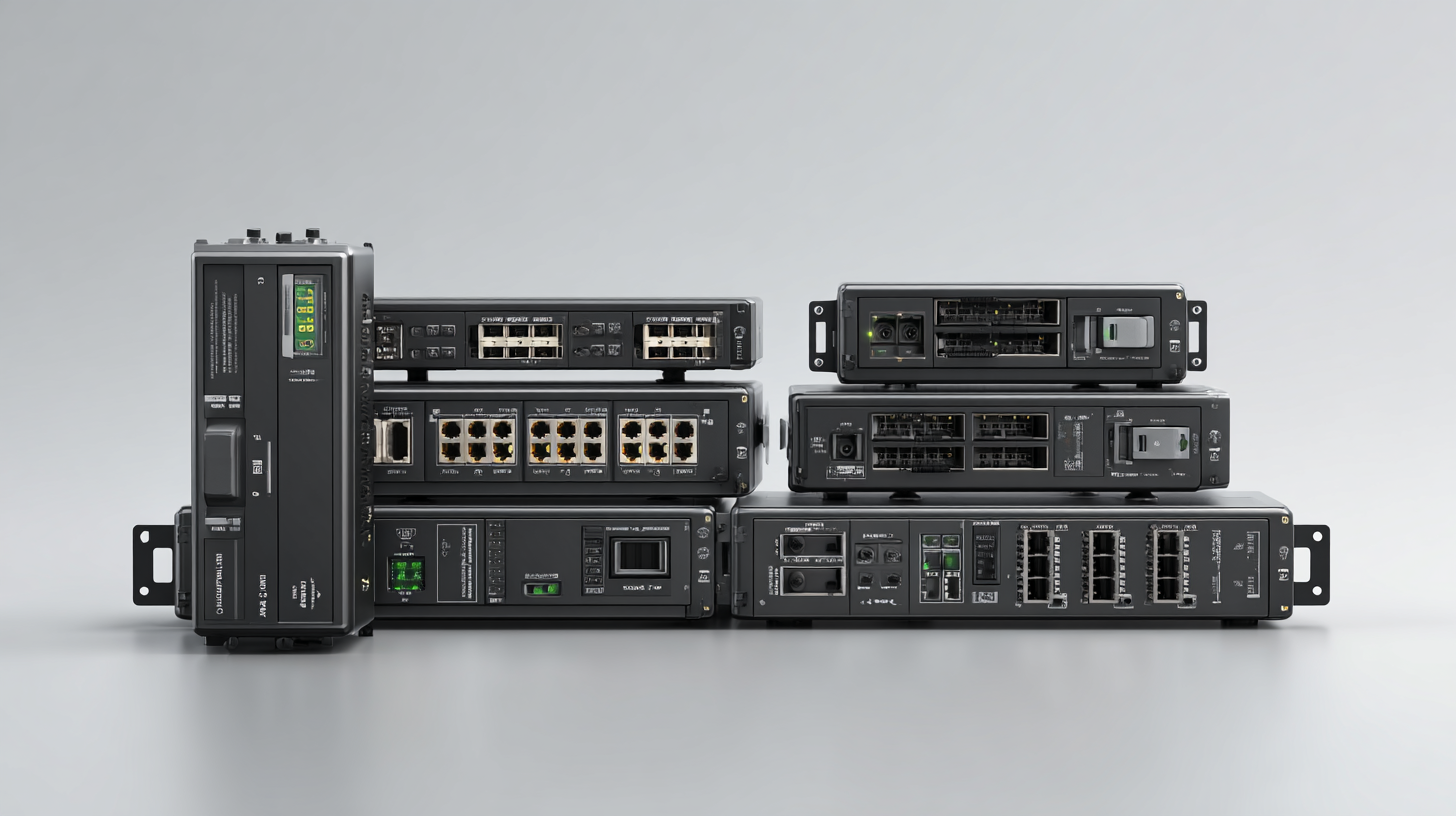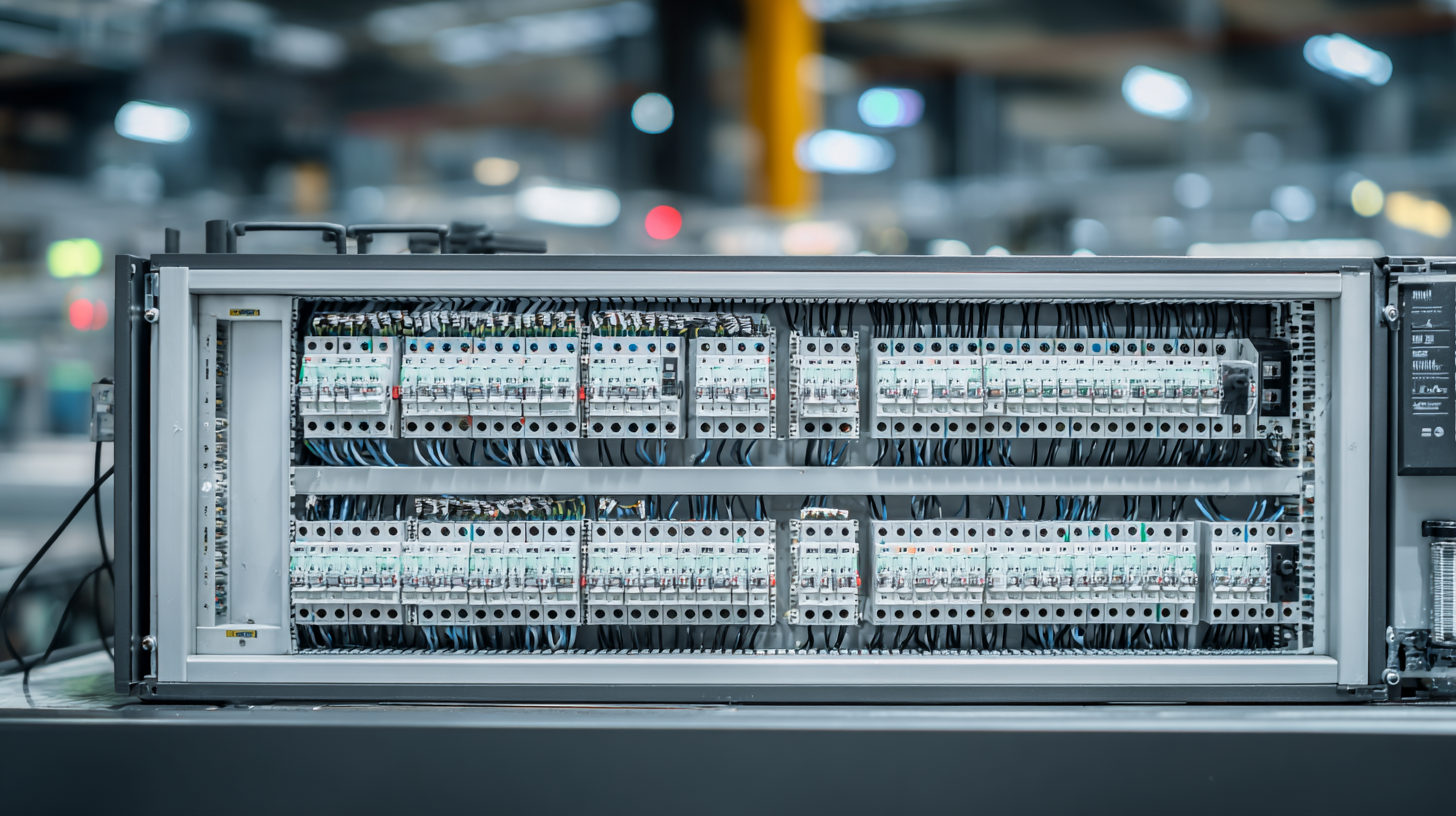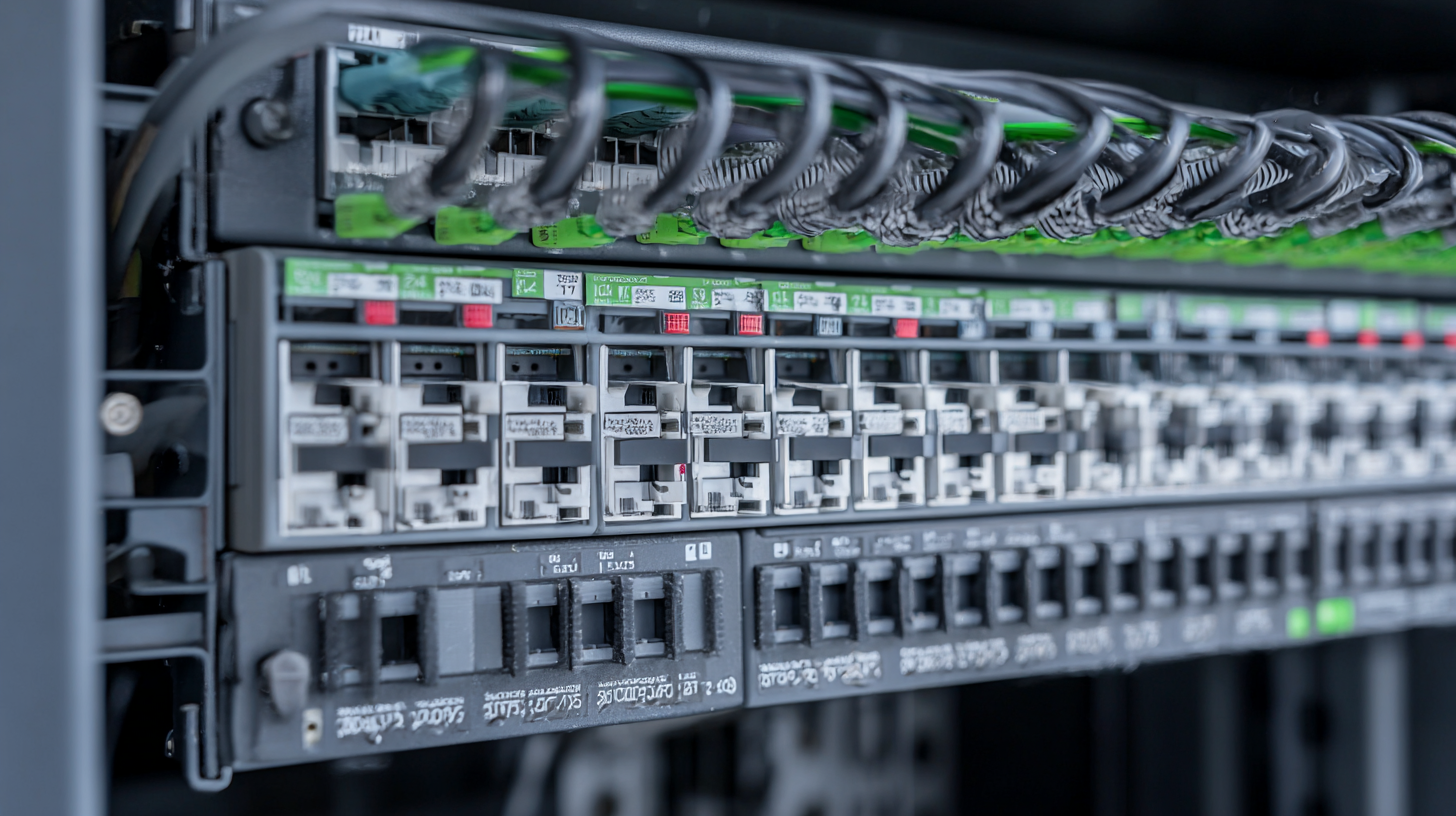
- hasivo@hasivo.com
- Mon - Sat at 7:00AM to 9:00PM
Leave Your Message

In today's rapidly evolving industrial landscape, maintaining seamless connectivity is paramount for optimizing operations and ensuring safety. According to the 2023 Industrial Networking and Communication report by MarketsandMarkets, the global industrial Ethernet switch market is projected to witness significant growth, expected to reach $3 billion by 2025, driven by the increasing need for reliable and efficient networking solutions.

Industrial Managed Switches play a crucial role in this transformation, offering advanced network management capabilities that cater to the demanding requirements of modern manufacturing and automation environments. These switches not only enhance data transmission speeds but also enable industries to implement robust security protocols and real-time monitoring systems, ensuring uninterrupted connectivity and system resilience. As we delve into the seven best options for Industrial Managed Switches in 2024, we will explore how these solutions can unlock efficiency and drive innovation across various industrial sectors.
In the competitive landscape of manufacturing, seamless connectivity becomes crucial for operational efficiency. Industrial managed switches play a vital role in enhancing this connectivity. These devices not only facilitate data exchange across various machines and systems but also ensure robust network management. Key features to look for include VLAN support for traffic segmentation, Quality of Service (QoS) for prioritizing critical data, and redundant power supplies to maintain network reliability.
When selecting an industrial managed switch, consider the environmental resilience it offers. Look for switches that are designed to operate in harsh conditions, including wide temperature ranges and protection against dust and moisture. Additionally, ensure the switch supports network protocols that suit your specific requirements, such as EtherNet/IP or PROFINET, to optimize integration with automation systems.
Tip: Implementing network monitoring tools alongside your industrial managed switches can provide real-time insights into bandwidth usage and help in proactive troubleshooting. Regular updates to firmware and configurations will also enhance security and performance. By prioritizing these features, manufacturers can unlock the full potential of their network infrastructure.
 In industrial networking, redundancy and reliability are paramount to ensure continuous operations and minimize downtime. Managed switches equipped with features such as dual power supplies and various failover protocols can significantly enhance network resilience. These features allow systems to maintain connectivity even in the event of hardware failures or power issues, ensuring that critical industrial processes are not interrupted.
In industrial networking, redundancy and reliability are paramount to ensure continuous operations and minimize downtime. Managed switches equipped with features such as dual power supplies and various failover protocols can significantly enhance network resilience. These features allow systems to maintain connectivity even in the event of hardware failures or power issues, ensuring that critical industrial processes are not interrupted.
Tip: When selecting an industrial managed switch, look for models that support advanced redundancy protocols like Rapid Spanning Tree Protocol (RSTP) and Multiple Spanning Tree Protocol (MSTP). These can provide automatic failover capabilities, allowing your network to quickly adapt to disconnections while maintaining optimal performance.
Furthermore, the importance of regular diagnostics and monitoring cannot be overstated. Implementing switches that offer comprehensive network management tools will enable you to detect potential issues before they escalate, facilitating proactive maintenance.
Tip: Consider switches that come with built-in diagnostic tools or can be integrated into existing monitoring systems for a more streamlined approach to network health. This foresight can save both time and resources, enhancing the overall efficiency of your industrial operations.
When evaluating industrial managed switches, performance metrics such as throughput and latency play a crucial role in determining their effectiveness in network connectivity. Throughput, which measures the amount of data transmitted successfully over a network in a given time, is particularly essential in high-demand environments. According to a recent report by Allied Market Research, the demand for industrial Ethernet switches is projected to grow at a compound annual growth rate (CAGR) of 12.5% by 2027, highlighting the increasing need for switches that can handle greater data loads efficiently. A switch’s ability to maintain high throughput can significantly reduce bottlenecks and enhance overall network performance.
Latency, the time it takes for data packets to travel from the source to the destination, is another critical factor. In industrial settings where real-time data processing is necessary, high latency can lead to delays that affect productivity. A study conducted by the International Society of Automation (ISA) found that a latency decrease of just 10 milliseconds in network communication can lead to a 22% increase in operational efficiency for automated systems. Therefore, when selecting an industrial managed switch, it’s vital to examine both throughput and latency metrics closely to ensure seamless connectivity and optimal performance in the ever-evolving landscape of industrial automation.
This chart compares the throughput and latency of various managed switches to highlight their performance metrics for seamless connectivity in 2024. Throughput is measured in Mbps, while latency is measured in milliseconds (ms). The analysis helps identify the most efficient options available in the market.
The rapid advancement of the Internet of Things (IoT) is significantly shaping the industrial networking landscape. As industries embrace smart technologies, the integration of IoT devices in sectors such as manufacturing, healthcare, and energy production is becoming increasingly prevalent. These innovations not only streamline operations but also enhance connectivity, enabling real-time data exchange and improving decision-making processes.
The industrial Ethernet market, projected to grow at a notable pace, reflects this shift towards connectivity, with forecasts predicting a rise in market size from $10.74 billion in 2021 to $18.59 billion by 2030.

As we head into 2024, industrial managed switches are poised to play a crucial role in facilitating seamless communication across interconnected systems. These devices ensure reliable network performance in challenging environments, supporting the ongoing trend of digital transformation. With the integration of AI and machine learning technologies, smart switches can optimize performance and improve network security, paving the way for a more efficient industrial ecosystem.
The evolution of these technologies aligns with the broader initiative of creating intelligent infrastructures that are essential for harnessing the full potential of IoT in industrial applications.
In today's increasingly interconnected world, securing data in industrial communication systems has become a paramount concern for businesses striving for operational efficiency. As industries adopt advanced technologies such as IoT and automation, the need for stringent security standards is more critical than ever. Implementing industrial managed switches not only enhances connectivity but also plays a vital role in fortifying the overall integrity of the network.
Industrial managed switches are equipped with features that support various security protocols, ensuring that data remains protected from unauthorized access and potential cyber threats. Encryption, VLAN tagging, and access control lists (ACLs) are just a few of the essential tools these switches provide. By segmenting the network, businesses can create secure zones that isolate sensitive data, reducing the risk of exposure. Furthermore, continuous monitoring capabilities help in detecting anomalies in real-time, allowing for swift response to any potential breaches.
The integration of security standards into industrial managed switches is essential for safeguarding critical infrastructure. As industries gear up for 2024, selecting the right managed switch with robust security features will not only ensure seamless connectivity but also protect against the evolving landscape of cyber threats. This proactive approach to data security is vital for maintaining operational resilience and achieving long-term business success.